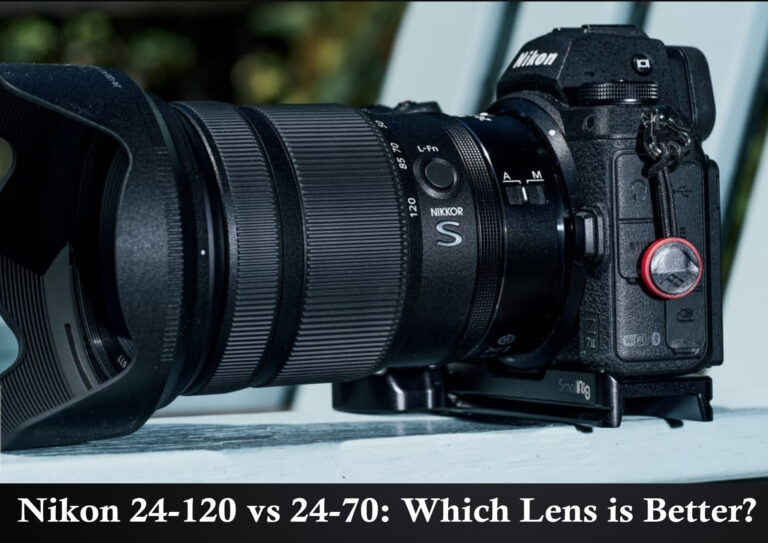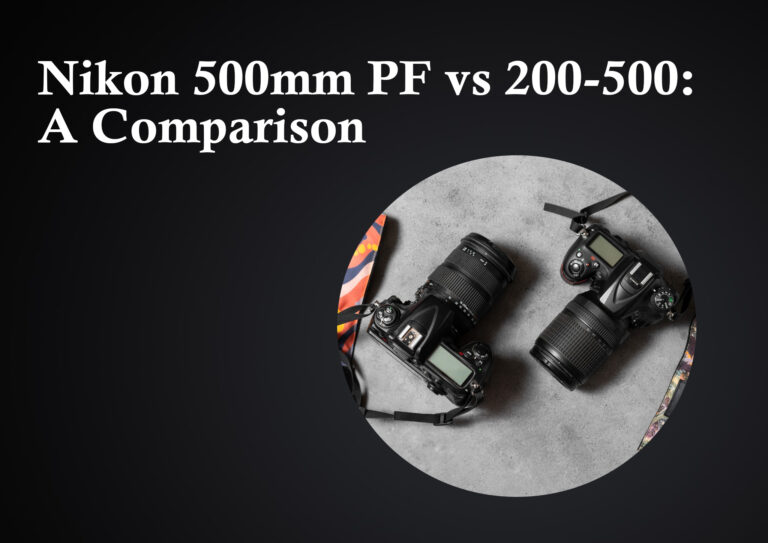Canon 6D Astrophotography Settings
[ad_1]
In this article, we will discuss the best settings to use for astrophotography with the Canon 6D. Astrophotography is a challenging but rewarding genre of photography, and the Canon 6D is a popular choice among photographers for capturing stunning night sky images. We will cover the key settings and techniques that you need to know to take your astrophotography to the next level with the Canon 6D.
What are the best camera settings for astrophotography with the Canon 6D?
When shooting astrophotography with the Canon 6D, there are several key camera settings that you need to consider to capture stunning images of the night sky. The first setting to adjust is the shutter speed. For astrophotography, a longer exposure is often necessary to capture the faint light of the stars and galaxies. A good starting point for shutter speed is around 20-30 seconds, but you may need to experiment to find the best exposure time for your specific conditions.
The next important setting is the aperture. A wide aperture, such as f/2.8 or f/4, is ideal for astrophotography to allow as much light as possible to enter the camera and create sharp, detailed images of the stars. You should also set the ISO to a high value, such as 1600 or 3200, to ensure that the camera is sensitive enough to capture the faint light of the night sky.
How can I focus my Canon 6D for astrophotography?
Focusing your Canon 6D for astrophotography can be a challenge, especially in low light conditions. One technique that can help is to use the Live View mode on your camera and zoom in on a bright star or distant light to fine-tune the focus manually. You can also use the autofocus feature to focus on a distant subject before switching to manual focus to lock in the focus for your astrophotography shots.
What other camera settings should I consider for astrophotography?
In addition to the key settings mentioned above, there are a few other camera settings that you should consider for astrophotography with the Canon 6D. It is important to use a sturdy tripod to keep the camera stable during long exposures, and you may also want to use a remote shutter release or the camera’s self-timer function to minimize camera shake when taking photos. Additionally, you should consider using the Long Exposure Noise Reduction feature on the Canon 6D to reduce noise in your astrophotography images.
How can I edit my astrophotography images taken with the Canon 6D?
Once you have captured your astrophotography images with the Canon 6D, you can use photo editing software to enhance and clean up your images. Adjusting the contrast, brightness, and color balance can help bring out the details in your astrophotography images, and you can also use noise reduction tools to minimize any noise that may be present in the photos. Experimenting with different editing techniques can help you create stunning astrophotography images that showcase the beauty of the night sky.
Conclusion
Astrophotography with the Canon 6D can be a rewarding experience, and by using the right camera settings and techniques, you can capture stunning images of the night sky. Experimenting with different settings and equipment, such as tripods and remote shutter releases, can help you refine your astrophotography skills and take your images to the next level. With practice and patience, you can create breathtaking astrophotography images that showcase the beauty of the cosmos.
FAQs
1. Can I use the Canon 6D for astrophotography?
Yes, the Canon 6D is a great camera for astrophotography due to its full-frame sensor and low-light performance. By using the right settings and techniques, you can capture stunning images of the night sky with the Canon 6D.
2. Do I need a special lens for astrophotography with the Canon 6D?
While a wide-angle lens with a wide aperture is ideal for astrophotography, you can still capture great images with the lenses you already have. Experimenting with different focal lengths and apertures can help you achieve the results you want.
3. How can I find the best locations for astrophotography with the Canon 6D?
When shooting astrophotography, it’s important to find a location with minimal light pollution and a clear view of the night sky. You can use light pollution maps and astronomy apps to find the best spots for capturing the stars and galaxies with your Canon 6D.
4. Can I use the built-in flash for astrophotography with the Canon 6D?
No, the built-in flash on the Canon 6D is not suitable for astrophotography. Instead, you should rely on long exposures and high ISO settings to capture the faint light of the night sky.
5. What is the best editing software for astrophotography images taken with the Canon 6D?
There are many photo editing software options available for enhancing astrophotography images. Some popular choices include Adobe Photoshop, Lightroom, and dedicated astrophotography editing software such as PixInsight.
[ad_2]







